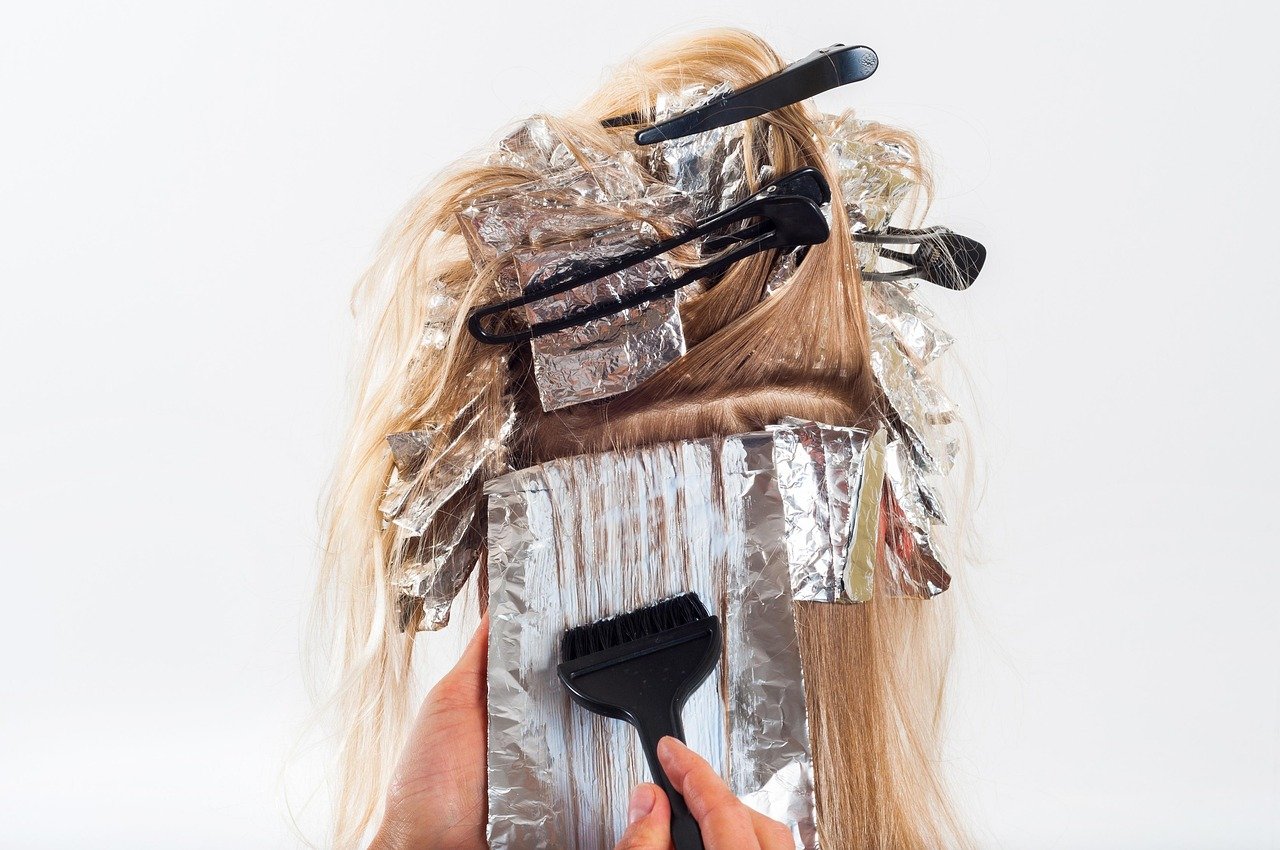Changing your hair color can instantly lift your mood and boost your confidence. But what many people don’t realize is that frequent use of chemical hair dyes might come with hidden health risks – especially for your kidneys. Hair color may look harmless on the outside, but some of its ingredients can quietly affect your body from within. One of the biggest concerns is a chemical called para – phenylenediamine (PPD), which is commonly found in most permanent and dark hair dyes.
The Hidden Link Between Hair Dye and Kidney Health
Hair dye is easily absorbed through the scalp, and this is where the risk begins. The scalp contains many tiny blood vessels that allow chemicals allow chemicals like PPD to enter the bloodstream. Studies have shown that regular or long-term exposure to PPD can stress the kidneys since they are responsible for filtering toxins from the blood. Over time, this can reduce the kidney’s ability to function efficiently and lead to irritation, inflammation, or even kidney-related complications in vulnerable individuals.
According to a study in the International Journal of Trichology (2013), many people in India use hair dye two to three times a year, making this a large-scale health concern that needs awareness and preventive care.
How PPD Affects the Body
PPD is a common ingredient in darker hair shades that gives a long-lasting color. However, it can trigger several allergic and toxic reactions once it’s absorbed into the skin and bloodstream. The scalp, while thicker than other parts of the body, is highly permeable, allowing the chemical to pass through easily.
Some of the immediate symptoms after using PPD-based hair dye include:
- Redness and scalp irritation
- Itching and burning sensation
- Swelling or allergic rashes
- Scalp sensivity
In people who use hair dye frequently, chronic exposure to PPD can cause inflammation and may increase the risk of kidney strain or even kidney failure, especially in individuals who already have diabetes, high blood pressure, or pre-existing kidney conditions.
Signs of Hair Dye Allergies
Hair dye reactions can vary from mild irritation to more serious allergic responses. The most common signs include persistent itching, scalp rash, inflammation, or burning after coloring. Long-term users might experience dryness, flaking, or hair thinning due to repeated exposure to harsh chemicals. It’s essential to recognize these symptoms early to avoid further heath risks.
How to Follow a Kidney-Safe Hair Coloring Routine
You don’t have to give up coloring your hair completely, but following a kidney-safe routine can help minimize health risks:
- Do a patch test before using any new hair dye to check for allergic reactions.
- Use a protective barriers like gloves and petroleum jelly around your hairline.
- Ensure proper ventilation when applying dye to avoid inhaling chemical fumes
- Follow timing instructions carefully and avoid keeping dye on longer than recommended.
- Rinse thoroughly after coloring and allow enough time between sessions to let your scalp recover.
Safer Hair Dye Alternatives
If you want to protect your kidney health without giving up color, opt for safer alternatives:
- Use natural, plant-based dyes like henna or indigo, which coat hair strands instead of seeping into the sclap.
- Choose ammonia-free and PPD-free dyes that are gentler on the skin and body.
- Try semi-permanent hair colors, which usually contain fewer harmful chemicals compared to permanent options.
Hair dye can transform your look, but it’s important to make mindful choices when it comes to products that touch your scalp and skin. Always read labels, check for harmful ingredients, and choose safer, more natural options when possible. Your kidneys play a vital in detoxifying your body – keeping them healthy should always be your top priority.


















